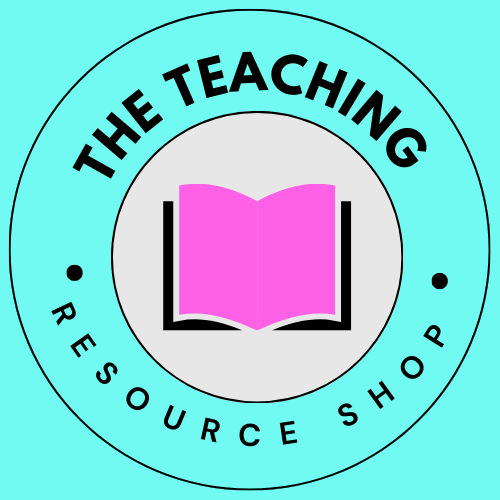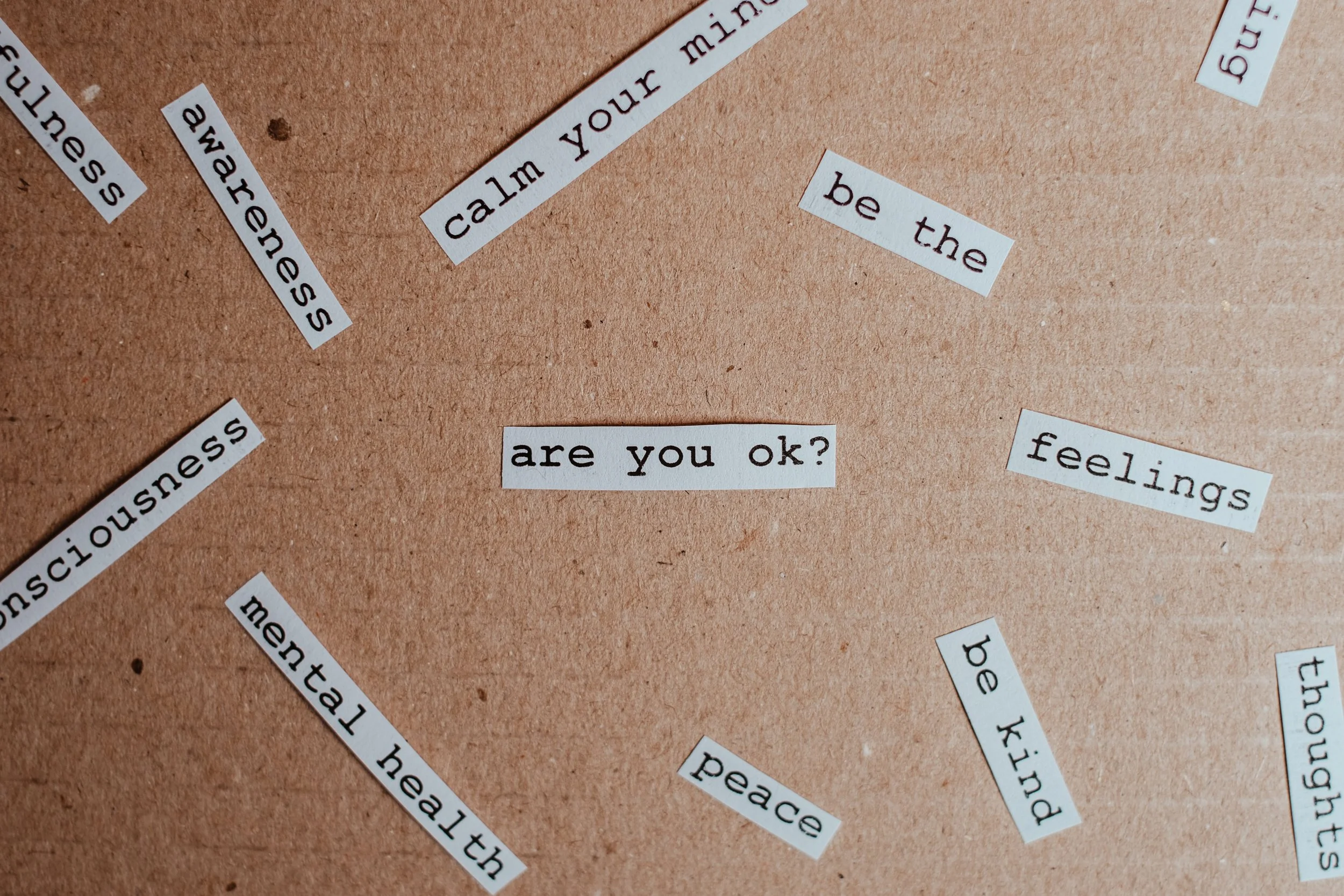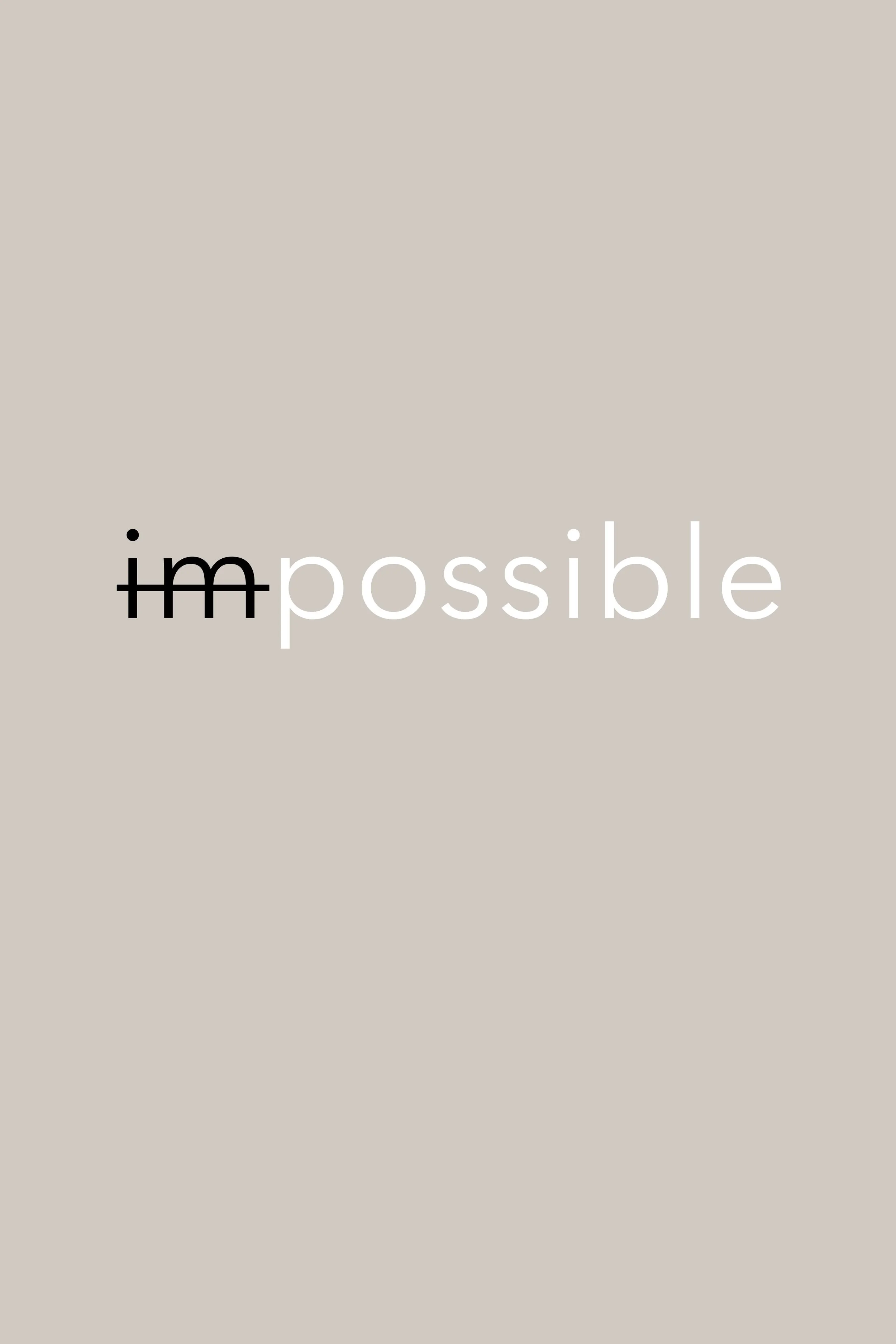How To Help Students With Learning Difficulties Or Disabilities (SLDD)
Supporting students with learning difficulties or disabilities requires a thoughtful and inclusive approach. Here are some strategies to help these students thrive in the classroom:
1. Individualized Education Plan (IEP): Collaborate with the student, their parents or guardians, and relevant specialists to develop an IEP. This personalized plan outlines specific goals, accommodations, and modifications tailored to the student's needs.
2. Differentiated Instruction: Adjust instructional strategies, teaching resources, and assessments to meet students' learning needs. Provide alternative ways for students to access and demonstrate knowledge, such as visual aids, hands-on activities, or assistive technology.
3. Sensory Support: Create a sensory-friendly environment by minimizing distractions, providing noise-cancelling headphones, or incorporating sensory breaks.
4. Classroom Collaboration: Foster a collaborative atmosphere where students can support and learn from one another. Encourage peer tutoring, cooperative learning activities, and inclusive group projects that promote understanding, empathy, and teamwork.
Consider students' sensory sensitivities and make necessary adaptations to optimize their learning experience.
5. Support Services: Utilize available support services, such as exceptional education professionals, speech therapists, or occupational therapists. Collaborate with these specialists to implement strategies and interventions that address specific learning challenges.
6. Emotional Support: Offer emotional support and create a safe space for students to express their feelings and concerns. Encourage open communication, provide positive reinforcement, and foster a culture of acceptance and empathy.
By implementing these strategies, teachers can create an inclusive and positive learning environment that empowers students with learning difficulties or disabilities to reach their full potential.


